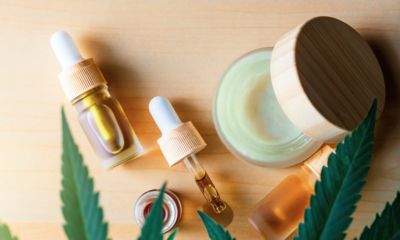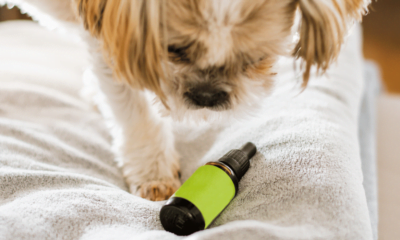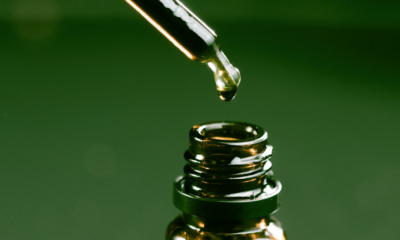Wellness
CBD patches vs CBD oil – how do they compare?
CBD patches are becoming increasingly popular, but how do they compare to CBD oil?
-
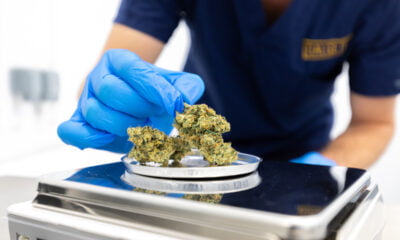
 Industry6 months ago
Industry6 months agoFirst UK-grown cannabis medicine expected by end of 2023
-
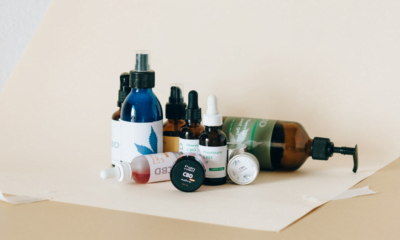
 News6 months ago
News6 months agoUK government accepts ACMD recommendations for CBD products
-

 News5 months ago
News5 months agoEurope’s first legal cannabis dispensaries to open under sixth Swiss pilot
-

 News6 months ago
News6 months agoUK government to permit electronic prescribing of cannabis medicines
-

 Science4 months ago
Science4 months agoMedical cannabis doesn’t impair cognitive function – study
-

 Industry5 months ago
Industry5 months agoFirst Jersey-grown medicinal cannabis product to hit UK market
-

 News5 months ago
News5 months agoFive years of medical cannabis, five NHS prescriptions – how did we get here?
-

 Patients6 months ago
Patients6 months ago“They just didn’t care” – cannabis patient arrested on driving lesson speaks out




